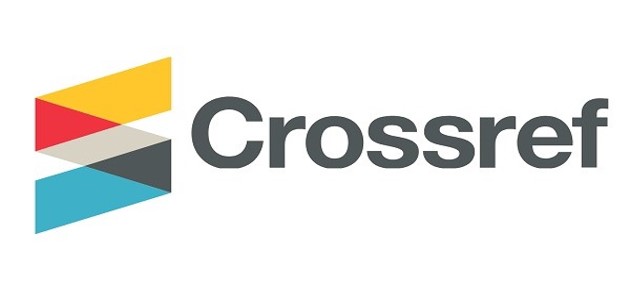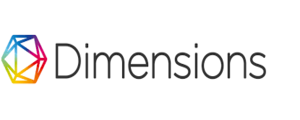Simple Scenario of Photons Emission from Anti Charm–Gluon Interaction using QCD Theory
Simple Scenario of Photons Emission from Anti Charm –Gluon Interaction Using QCD Theory
DOI:
https://doi.org/10.31257/2018/JKP/2023/v15.i01.11300Keywords:
Photons Emission, Anti Charm, Gluon, QCD TheoryAbstract
In this work, the chromodynamics (QCD) theory was used to investigate the photon rate which was produced in interactions of anti-charm with gluon. The simple quantum scenario theory was implemented to give the rate equation that describes the collision of quark and gluon at a chemical potential .The photon emission rate was evaluated from the anti-charm-gluon interaction of the cg → dγ collision at the temperature of the system in the range of 180 - 360 MeV with different critical temperatures (e.g. 116.575, 139.891, 157.377 and 174.863 MeV) with photons energy GeV under the assumption that fugacity of quark and gluon are =0.08 and =0.02 respectively . The photon rate increases with decreasing the coupling of quark and gluon according to a decrease in the temperature of the system from 360 MeV to 180 MeV. The photon emission spectrum was calculated and discussed using a photon energy of 1GeV to 10GeV with different critical temperatures. In terms of QCD theory, the quantitative accomplishment was made for a unique six-flavor number nf = 4 + 2 of photon emission. The photon rate reaches minimum with photon energy E=10 GeV, it reflects the less coupling for the cg → dγ interaction.
Downloads
Downloads
Published
How to Cite
Issue
Section
Categories
License
Copyright (c) 2023 saba Mustafa

This work is licensed under a Creative Commons Attribution 4.0 International License.
Journal of Kufa-Physics is licensed under the Creative Commons Attribution 4.0 International License, which allows users to copy, to create extracts, abstracts, and new works from the Article, to alter and revise the Article, and to make commercial use of the Article (including reuse and/or resale of the Article by commercial entities), provided the user gives appropriate credit (with a link to the formal publication through the relevant DOI), provides a link to the license, indicates if changes were made and the licensor is not represented as endorsing the use made of the work. The authors hold the copyright for their published work on the JKP website, while KJP is responsible for appreciating citation for their work, which is released under CC-BY-4.0 enabling the unrestricted use, distribution, and reproduction of an article in any medium, provided that the original work is properly cited.












